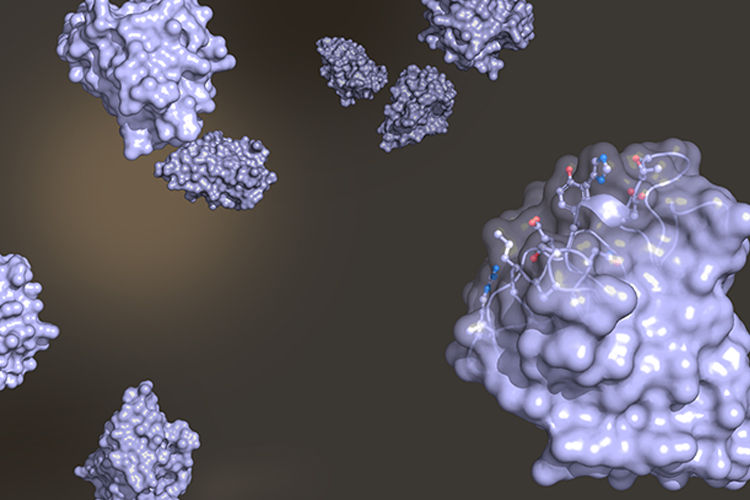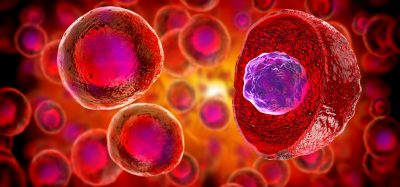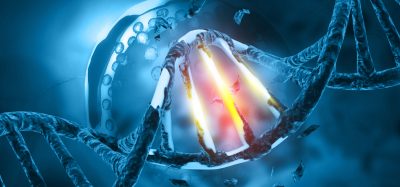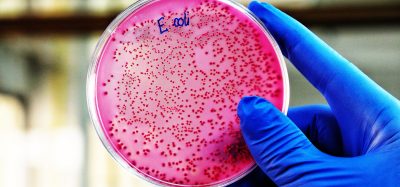The IKAROS protein is crucial for B cell development
Posted: 5 December 2023 | Drug Target Review | No comments yet
By mapping the genome, scientists have discovered how IKAROS enables differentiation of hematopoietic stem cells into B cells.


Researchers from La Jolla Institute for Immunology (LJI) and Massachusetts General Hospital, Harvard Medical School, demonstrate how a protein named IKAROS assists the genome to form the correct structure needed for B cell differentiation and generation of antibodies.
Dr Ferhat Ay, who co-led the study, said: “Without IKAROS, you cannot make a functioning B cell.” Dr Ay is an expert in genomic architecture, exploring where genes are located, and how specific sections of the genome interact. Bioinformatic tools that create three-dimensional (3D) shapes of the genome are developed in his laboratory. This is an important step in understanding the genetic underpinnings of immune cell development.
In the cell’s nucleus, cellular proteins manipulate DNA, folding the genome into complex 3D structures that support functioning of its coding parts. This choreography is crucial for cell development, and the exact steps vary between cell types. Establishing communication between genes and far-away control switches at the correct time in the correct cell is challenging. Very few proteins have the right combination of features to organise the genome into the right structures.
For the new study, Ay’s laboratory partnered with Dr Katia Georgopoulos of Massachusetts General Hospital, Harvard Medical School. Dr Georgopoulos pioneered previous studies which demonstrated that IKAROS is critical for immune cell development. She explained: “IKAROS acts at the root of this development and enables differentiation of the hematopoietic stem cell into a diverse set of immune cells including B cells.”
These earlier studies showed that IKAROS-loss-of function mutations caused lymphoid malignancies in animal models and were linked to poor prognosis in children and young adults with B cell precursor leukaemias.
Early organiser of the 3D genome
The scientists hypothesised that IKAROS could act as an early critical organiser of 3D genome organisation required for proper B cell development. To answer this, the Ay and Georgopoulos labs collaborated in harnessing IKAROS mouse genetic models, B cell differentiation approaches, bioinformatics tools and 3D genomic maps.
Dr Yeguang Hu, an instructor in the Georgopoulos Lab, conducted experiments to identify which parts of the genome touch each other with and without IKAROS at work. Daniela Salgado-Figueroa, a UC San Diego Bioinformatics PhD student in the Ay Lab, led the analysis of the terabytes of complex data sets that were generated.
The researchers found that IKAROS resolves a large issue in B cell development. To detect pathogens, B cells use receptors with two ‘arms’. These arms have a ‘light chain’ region and a ‘heavy chain’ region. When a B cell recognises a pathogen, it releases antibodies with matching arms.
B cells assemble heavy chain regions early in development. The team found that assembling the light chain regions can be challenging because the genes encoding light chain development are far apart on the DNA. “This whole region needs to be rearranged in a proper 3D conformation,” said Ay. “Something needs to bring them together.”
It was discovered that IKAROS binds to certain parts of the genome and controls the formation of useful loops using these sites as anchors. This looping reunites far-away genes with their control elements, resulting in the activation and expression of the genes needed for proper B cell development and light chain rearrangement. Also, the folding of the genome keeps other control elements separate from genes that should not be expressed in a B cell.
The scientists introduced IKAROS into human skin cells in a follow up experiment. They tested whether IKAROS can organise the genome in a cell type that does not produce any IKAROS of its own. Indeed, IKAROS altered the 3D organisation of a substantial part of the skin cell genome and led to formation of new loops, some of which resembled those from their B cell analysis.
The team emphasised that research into how chromatin is organised in the 3D space can help us understand how healthy cells develop, as well as how an improperly folded genome causes disease like immunodeficiencies and cancer.
In the future, the researchers aim to learn more about IKAROS disruption and disease development.
This study was published in Cell.
Related topics
Bioinformatics, Drug Targets, Genomics, Stem Cells
Related conditions
Cancer, Immunodeficiency








